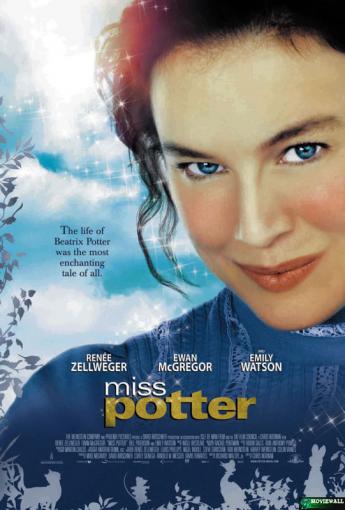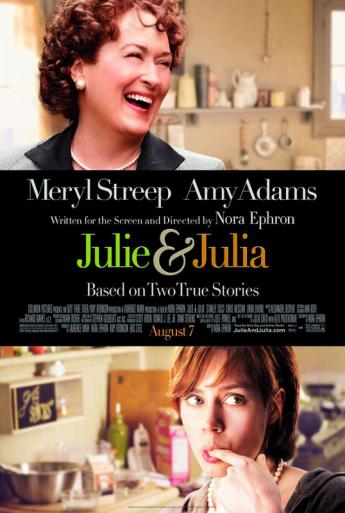Docu - Drama

By Nicholas A. Basbanes
There are films adapted from books, and then there are films about books.
Some wonderful book collections are based on novels that have been adapted for the movies, titles that include such blockbusters as Gone With the Wind, To Kill a Mockingbird, East of Eden, The Godfather, The Maltese Falcon, Catch 22, Fahrenheit 451, Treasure Island, the various Harry Potter fantasies, even the occasional nonfiction work that has made it big on the silver screen, The Right Stuff, All the President’s Men, and A Civil Action coming immediately to mind. There are many dozens of examples we could cite from a wide variety of genres both fanciful and realistic, and bibliophiles love owning them.
This pursuit has not been lost on booksellers, either, a number of whom have built entire catalogs around motion pictures, with notable offerings in recent years coming from Between the Covers in Gloucester City, New Jersey, Royal Books in Baltimore, and Ralph Sipper - the original Joe the Pro - in Santa Barbara, California. Kevin Johnson of Royal Books has even written a 300 - page guide to the books that inspired American Film Noir titled The Dark Page II. For the collector, the beauty of focusing on film is that participation is possible at any level, from sticking strictly with affordable first editions to spending big bucks on inscriptions, associations, film scripts, original art, correspondence, posters, costumes, and pieces of evocative memorabilia and props that could include such iconic objects as Dorothy’s ruby slippers from The Wizard of Oz or the barroom piano the musician Sam used in Casablanca to play “As Time Goes By.”
A recent interest of mine has centered on another film angle entirely, one inspired by a work - in - progress that has consumed my attention for the past five years and is now in the home stretch toward completion, a book that I am loosely describing as a cultural history of paper and papermaking, and tentatively titling Common Bond.
To add a little color to a single paragraph intended to suggest the extraordinary applications of this remarkably versatile material, I started thinking about movies that have had as a central narrative device the use - or misuse, as the case may be - of paper in any conceivable way, and by paper I mean books, letters, journals, currency, secret files, memoranda, whatever, the only caveat being that to make the cut the story must be based on an actual person or a historic event. There has to be some relevance to reality, in other words; thus, as much as it pained me to exclude The Name of the Rose (all the books in that scenario are probably on parchment anyway), and The Da Vinci Code, those two were out, since both are novels based on fictional events.
Still, coming up with a short list of candidates was pretty easy: Schindler’s List (1993), in which a German businessman manages to save the lives of more than a thousand Polish Jewish refugees through inspired paperwork; Catch Me If You Can (2002), based on the life of one - time con - man Frank Abagnale Jr., whose check forgeries were so persuasive he later worked as a technical consultant for the FBI; 1776 (1972), a delightful musical about the drafting and signing of the Declaration of Independence; The Counterfeiters (2007), a fairly faithful retelling of the Nazi plot to undermine the British pound during World War II by using skilled Jewish craftsmen to fabricate phony currency (see Lawrence Malkin’s terrific book on this, Krueger’s Men, 2006.)
My other favorites: The Great Escape (1963), a dramatized account of the mass escape of Allied prisoners from a Nazi prison camp in which the fabrication of impressive identity documents were vital to the plan; 84 Charing Cross Road (1987), a wonderful story based on the memoir of Helene Hanff that works in this context on several levels, first as a story about the passion for rare books, and also as a twenty - year friendship that thrives entirely by transatlantic correspondence; The Man Who Never Was (1956), the true story of Operation Mincemeat, a 1943 British Intelligence plan to deceive the Axis powers into thinking the invasion of Sicily would take place in Greece, made possible by creating an entire identity for a dead man exclusively through the use of documents; and I Accuse (1957), one of several film treatments over the years to dramatize the infamous Dreyfus Affair in France, which turned on a forged memorandum known as the bordereau, and exposed ultimately in a newspaper article by Émile Zola.
Not content to leave it there, I called my daughter Nicole, a special collections librarian now working in Washington and a whiz on film lore of every era—she describes herself, actually, as a cinephile—and Allan Stypeck, a good friend and owner of Second Story Books on Dupont Circle in Washington and in Rockville, Maryland, who with his wife Kim are appreciative fans of vintage movies.
Nicole gave me the following: Amadeus (1984), the wonderful film and play based loosely on the tragic life and timeless musical compositions of Mozart; Quills (2000), inspired by the asylum writings of the Marquis de Sade; My Left Foot (1989), the true story of an Irish victim of cerebral palsy who uses his one functional appendage to create moving paintings and poetry; and along the same vein, The Diving Bell and the Butterfly (2007), an adaptation based on the dictation of a memoir by a French writer crippled by stroke and able to communicate only through the blinking of his left eyelid.
Kim Stypeck’s suggestion, The Diary of Anne Frank (1959), clearly a classic, went immediately to the top of my list. Allan’s nominations included Julie & Julia (2009), the Nora Ephron film that has, at its core, the making of Julia Child’s incomparable Mastering the Art of French Cooking, and the attempt of an inspired blogger to make all 524 recipes in one year. The Stypecks also suggested Cross Creek (1983), based on the life of author Marjorie Kinnan Rawlings, and The Wannsee Conference (1984), a TV docudrama that chillingly recreates the 1942 meeting of paper - pushers and bureaucrats to finalize plans for the Holocaust. I considered The Odessa File (1974) something of a stretch, given its highly fictionalized narrative, but accepted it, since there is a factual basis for the premise.
Four more films came my way when I shared what I was doing for this piece with Rebecca Rego Barry, the new editor of Fine Books & Collections, and a pretty nifty film buff in her own right, it turns out. Her splendid contributions include: Mrs. Parker and the Vicious Circle (1994), about Dorothy Parker, the Algonquin Round Table, and the founding of the New Yorker magazine; Stone Reader (2002), a documentary about one man’s quest to find the writer of a mostly unknown epic, The Stones of Summer (which Barnes & Noble promptly reprinted); Miss Potter (2006), with Renée Zellweger playing Beatrix Potter as she illustrates and writes her first Peter Rabbit books; and finally, Finding Neverland (2004), with Johnny Depp as J. M. Barrie, finding inspiration to write Peter Pan - inspired choices all.
So there you have it, twenty-one films. How about all of you out there? Any movies you can think of even remotely based on fact that have, say, maps or postage stamps that are essential to the narrative? Contracts, perhaps? Dossiers? Origami? Books, of course, or newspapers? If so, write me at nick@finebooksmagazine.com, and I’ll share what I receive on my Gently Mad blog.
Nicholas A. Basbanes recently received a National Endowment for the Humanities fellowship to work on his book on paper, which is forthcoming from Knopf. His most recent book is Editions & Impressions, a collection of essays. His other works include the acclaimed A Gentle Madness, Every Book Its Reader, Patience & Fortitude, Among the Gently Mad, and A Splendor of Letters.
The article was published in Fine Books and Collections and is presented here by permission of the publisher. Thank you very much.


